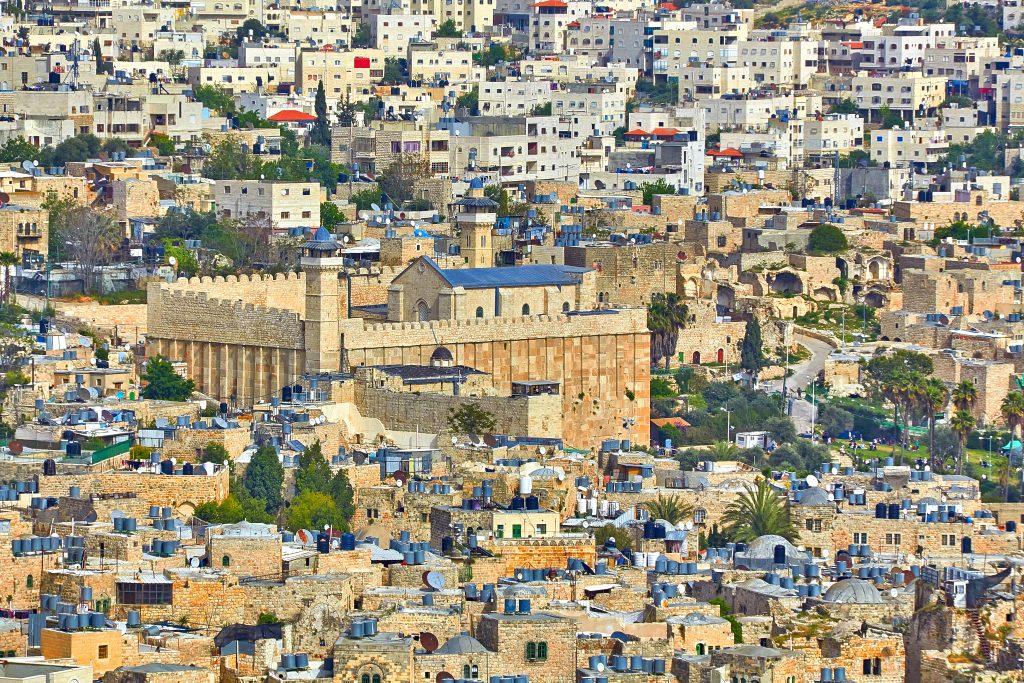The old city of Hebron is one of the oldest cities in the middle east still inhabited showing archeological evidence that dates back to 3000 years BC. Established during the Mamluk period, between 1250 and 1517, it is considered one of the most important cities on the West Bank. It is located east side of the center of Hebron at an altitude of 930 meters, which is one of the culminating points of the region. The center of interest of this town resides in the Al-Ibrahimi Mosque. The mosque is also known as The Tomb of the Patriarchs as it protects the tombs of Abraham, his wife, and their descendants. This site became a place of pilgrimage for the three monotheist religions. At its beginnings, the old city of Hebron was a multicultural city and the host to various ethnic, and religious communities. At that time, the Old City develops and radiates through its trade. Located at the crossroads of the caravan routes between Sinai, eastern Jordan, and the northern Arabian Peninsula, the city thrives on its creative arts, pottery, vineyards, and glassblowing. Hebron/Al-Khalil becomes a major commercial center and one of the main destinations for pilgrims, merchants, traders, and travelers. The city is built mostly in limestone which marks its specificity. It has conserved most of its urban special features from the Mameluk period. The districts called hara were divided according to the affiliation with an ethnic community, a religious group, a profession, or a family clan.
The excavations revealed in particular the presence of multiple presses indicating an important culture of the vine during Antiquity. Ancient Canaanite city, the relics found on the grounds such as pottery vessels, Egyptian scarabs, and jewelry have been very informative on the way of living of this community. The old city of Hebron is considered to be holding an outstanding universal value and holds an exceptional religious significance.

